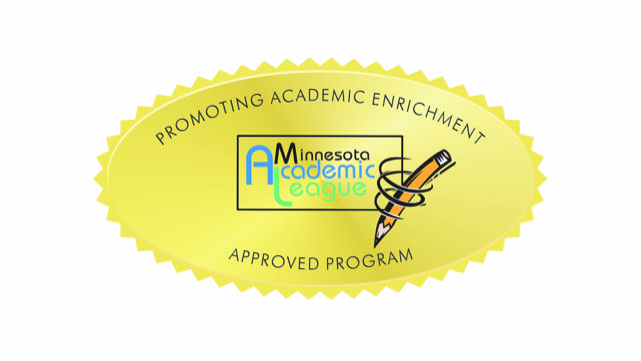By YES! Coordinator Sarah Gainey
In February, YES teams from Central Minnesota will visit Blattner Energy in Avon, a LEED platinum certified building, and the McKeown Center on the campus of Saint John’s University, a LEED gold certified building, to learn more about energy efficiency and LEED certification in the community.
The United States Green Building Council, USGBC, is doing its best to help people change their idea of how our communities and buildings are structured. Their vision is for each project, both new construction and remodels, take into account implications for the environment, the health of site users, and the health of the community both local and across the globe. If their vision is embodied in an individual site, the site can apply to become LEED Certified.
Becoming LEED Certified is enticing to many businesses, schools, health care facilities, and others. A LEED site helps to businesses save money on resources over time, increase productivity, and increase the sustainability of the site. The benefits of a LEED building is encouraging more business owners to seek a certification. In fact, according to the USGBC, 88 of the Fortune 100 companies are using LEED certified sites. There are currently 627 sites in MN that are LEED certified, but it is more than business owners looking to take advantage of the LEED program
There are currently 10 LEED certified schools in Minnesota.
- Kennedy Community School in Saint Joseph (gold certified-2010)
- George W. Gibbs Jr. Elementary School in Rochester (silver certified-2011)
- Rosa Parks Elementary School in Mankato (gold certified-2011)
- Twin Lakes Elementary School in Elk River (certified-2012)
- Breck School in Minneapolis (silver certified-2013)
- Circle of Life School in White Earth (silver certified-2013)
- Wadena-Deer Creek Middle/High School in Wadena (gold certified-2013)
- Hmong College Prep Academy in Saint Paul (certified-2015)
- Alexandria Area High School in Alexandria (silver certified-2015)
- Stillwater Early Childhood Family Center in Stillwater (gold certified-2015)
Sites that are seeking a LEED certification are evaluated and scored by the Green Building Certification Institute, GBCI. There is a possible total of 110 points for each site. A minimum of 40-49 points will be certified as a LEED site. 50-59 points will gain a Silver LEED certification. 60-79 points will obtain a Gold LEED certification. The highest level, Platinum LEED is awarded to projects with more than 80 points on their score card.
A LEED certification can be applied to any site or project and the certifications are divided into 5 categories.
- Building Design and Construction: for new builds and constructions. Includes businesses, schools, retail, healthcare facilities, hospitality and warehouses.
- Interior Design and Construction: for buildings going through major renovations. Includes businesses, hospitality, and retail sites.
- Building Operations and Maintenance: for buildings going through minor renovations. Includes businesses, schools, retail, hospitality, and warehouses.
- Neighborhood Development: for multi-building sites including residential buildings, non-residential buildings, or a mix of the two.
- Homes: for residential buildings. Includes single family homes and multifamily homes up to six stories.
The LEED certification process is broken down into 8 credit categories.
- Location and Transportation: Does this site have minimal impact on the natural ecosystem? How will site users access the site?
- Materials and Resources: Where do the building materials come from? Are the designers choosing materials from sustainable sources?
- Sustainable Sites: Will the site have a minimal impact on the ecosystem around it? How are water recourses being protected from contamination?
- Water efficiency: How does the site minimize use of potable water?
- Energy and Atmosphere: How does the site minimize energy use?
- Indoor environmental quality: Does the site balance comfort, health, and aesthetics?
- Innovation: What additional innovations are used to promote the health of site users, the environment, and the community?
- Regional priority credits: What additional considerations are there for the sites region?
LEED certified neighborhoods are evaluated on these 3 additional categories.
- Smart location and linkage: Is the community walkable? Are there areas of open space?
- Neighborhood pattern and design: Is the site aesthetically pleasing and consider connection to the larger community?
- Green infrastructure and buildings: Are environmental impacts considered during the construction of the neighborhood? Are the buildings on site set up to maintain sustainability?
The certification process also takes into account the diversity of disciplines represented or consulted during the design and planning stages.
For more information on LEED certification, the scoring process, and the certification categories, please visit: http://www.usgbc.org/leed or http://leed.usgbc.org/
For an up to date list of LEED certified buildings across the country, please visit: http://www.usgbc.org/profile
